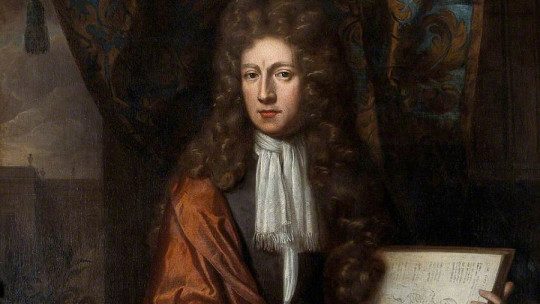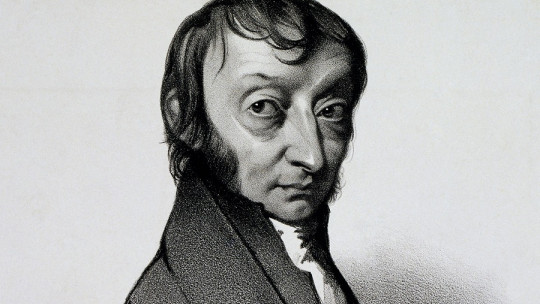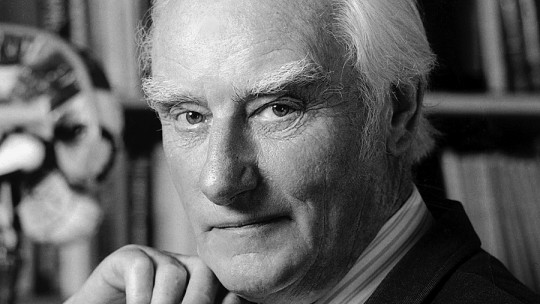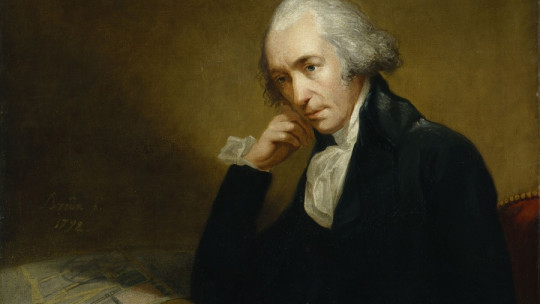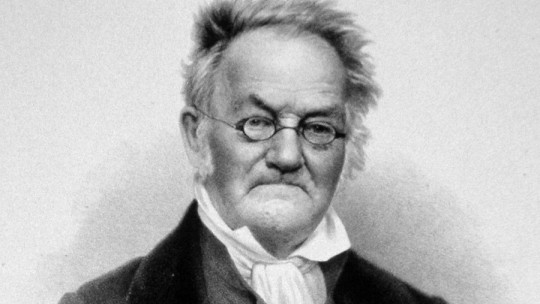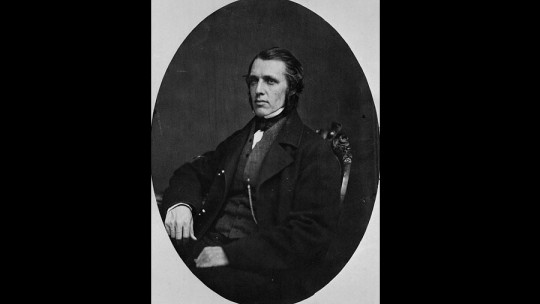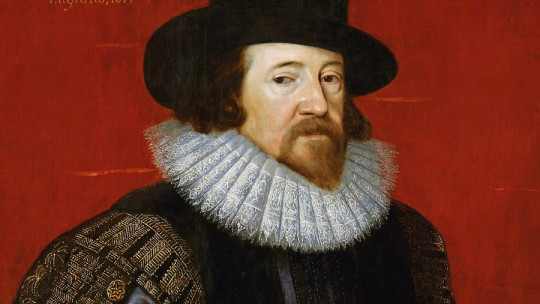Robert Boyle was a philosopher, chemist, physicist and inventor also standing out for the study of religion (specifically he was a Christian theologian).
He was especially interested in experimental science, focusing first on the study of gases, a fact that allowed him to develop his well-known Boyle’s Law or Boyle-Mariotte Law, which establishes an inverse relationship between the volume occupied by the gas and its pressure. , considering constant temperature.
Such was his passion for researching and inventing that he made a list of the possible inventions he envisioned in the future; In the same way, when he saw that his health was weakening, he left various chemical investigations prepared or planned for the purpose of his followers carrying them out.
In this Robert Boyle biography We will see the most notable events and facts in the life of this researcher, highlighting the contributions and contributions he made to science.
Brief biography of Robert Boyle
Robert Boyle was born on January 25, 1627 in Waterford, Ireland He was fortunate to be born into a noble family, thus living in a privileged situation. He was the fourteenth child (in total there were fifteen) of Richard Boyle, who was Earl of Cork and was linked to politics, industry and the administrative field, and Catherine Fenton, also of aristocratic descent and who was the Earl’s second wife. . For this reason, Robert Boyle spent part of his childhood at Lismore Castle.
Childhood years
The economic facilities and high family status allowed Boyle to receive a good education and training from a very young age; Thus, he studied Greek, French and Latin.
At the age of eight, after losing his mother, he entered Elton High School , which is a boarding school just for boys. With the purpose of continuing his training and given the privileged situation that he lived in, at only fifteen years old he was able to reside in Genoa for two years accompanied by a French tutor. In this way he had the opportunity to get to know Italy better and study the theories and contributions of Galileo Galilei, a very prominent multifaceted author in the field of science.
Return to England and younger years
After his departure to Italy in 1641 he finally returned to England in 1644; Upon his arrival, he was given the will of his father, who had died the previous year while he was living in Italy.
Of the different properties he acquired, it was in the house in Dorset, England, where he decided to build a laboratory It was at that moment when he decided that he would choose scientific research as a field of study, surely influenced by the training he received during his trip and the knowledge of Galileo Galilei’s Theories.
Boyle joined a group of researchers that he called “Invisible School” , formed by philosophers with a scientific tendency, whose main objective was to acquire knowledge from experimental research. Likewise, this group of “modern philosophers” regularly held meetings in the city of London, both at Gresham College and in Oxford.
During his time in Oxford he was a Cavalier, a group formed by those who were followers and supported King Charles I during the English Civil War although not much is known about Boyle’s role in this group, since the opposition forces during his participation were effective, a fact that meant that the Cavaliers had to act in the most secret way possible.
Consolidation of your professional life
In 1652, after coming and going from Ireland, Boyle decided to settle permanently on one of his estates, but his stay was short, lasting only two years. In 1654 he returned to England, since he considered that Ireland was not prepared to continue his scientific research ; He considered that at that time he could not obtain new chemical instruments nor did its inhabitants have the ability to understand his research or advances.
Upon his return to London, specifically to Oxford, he rented several rooms in the Cross Hall area.
So was able to assist, between 1656 and 1668, Robert Hooke, considered one of the most important experimental researchers in history in his work perfecting the air pump created by Otto von Guericke.
It was in 1659 when he would present the “Boylean machine” or also known as the “pneumatic engine”, thus beginning a period of study of the physical properties of air and its function in the processes of breathing, sound transmission and combustion.
In this way, with the results obtained in his experiments on air, he was able to write and publish a book in 1660 entitled “New physical-mechanical experiments on the elasticity of air and its effects”, presenting in the second edition of this his famous and recognized law named in Europe as the Boyle-Mariotte Law , since Edme Mariotte also discovered this law independently of Boyle. This law states that at constant temperature the volume occupied by a gas is inversely proportional to its pressure, that is, the more volume occupied, the less pressure and vice versa.
Currently this law is still known, but it has been added that for it to be fulfilled, an ideal theoretical behavior of the gas would be necessary.
The following year, in 1661, He presented his second work with the title “The Skeptical Chemist”, which would thus mark the establishment of Chemistry as a science The content of this work is important and stands out for criticizing Aristotle’s theory of the 4 elements that combined to form matter: water, earth, fire and air, and the three principles of Paracelsus, who said that everything being is made up of salt, mercury and sulfur.
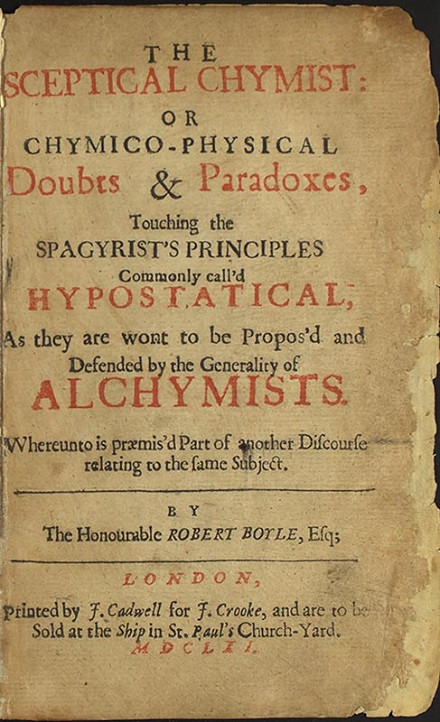
On the contrary, Boyle believed that matter was formed from the combination of fundamental particles , a concept that he himself proposed. This theory was premonitory and was not on the wrong track, since 100 years later Antonie Lavoisier and John Dalton, through the discoveries they made, were able to affirm it, thus giving rise to the beginning of modern Chemistry.
In 1663 the group of philosophers, which as we have already said he named the Invisible College, became what we know today as the Royal Society of London, considered the oldest scientific society in the United Kingdom and one of the oldest in Europe. It was the King of England himself, Charles II, who chose Boyle as a member of the council, giving him the honor of being president of the Royal Society in 1680 although on this occasion he did not accept since he preferred to continue focusing on his work and research.
The ability to foresee or his visionary ability has also been reflected in a list of inventions he made, citing for example “the art of flying”, “a practical and accurate way of determining longitudes”, “perpetual light” or “drugs for appease pain and awaken memory”, among others. We see then how the majority of these inventions or discoveries have been able to be carried out later.
As we have seen, his great interest in experimental science made him also embark on other studies such as the calcination of different metals, which consists of heating them to very high temperatures so that thermal decomposition or change of physical or chemical state occurs. or as the distinction between alkaline and acidic substances which would allow the constitution of chemical indicators, which have the ability to indicate whether a substance is an acid or a weak base.
His last years in London
In 1668 he moved to London to live with his sister Lady Ranelagh with whom he remained until her death, just a week before his. In 1689 his state of health began to become increasingly weak and delicate, a fact that meant that he decided to distance himself more and more from public life, thus not being as involved in the Royal Society and thus being able to focus on leaving prepared or thought out some chemical research as a legacy for his followers.
His health did not improve, and on December 31, 1691, he died from paralysis. He is buried in the churchyard of St Martin-in-the-Fields Anglican Church, the burial mass being performed by Bishop Gilbert Burnet, a friend of the deceased.
Given his belief in the Christian faith, he wrote in his will that part of his money was destined to translate and publish the gospels in Gaelic and Turkish, with the purpose of evangelizing, that is, making Christianity known and spread. In the same way, established that a conference be held annually with the purpose of supporting and defending Christianity ; These took place every year until the end of the 20th century.
Currently, since 2004, the holding of these conferences has been promoted again, being held in London in the church of St Mary-le-Bow, with the participation of a theologian or scientist with the aim of raising and discussing issues related to Christianity and today’s understanding of the natural world.

